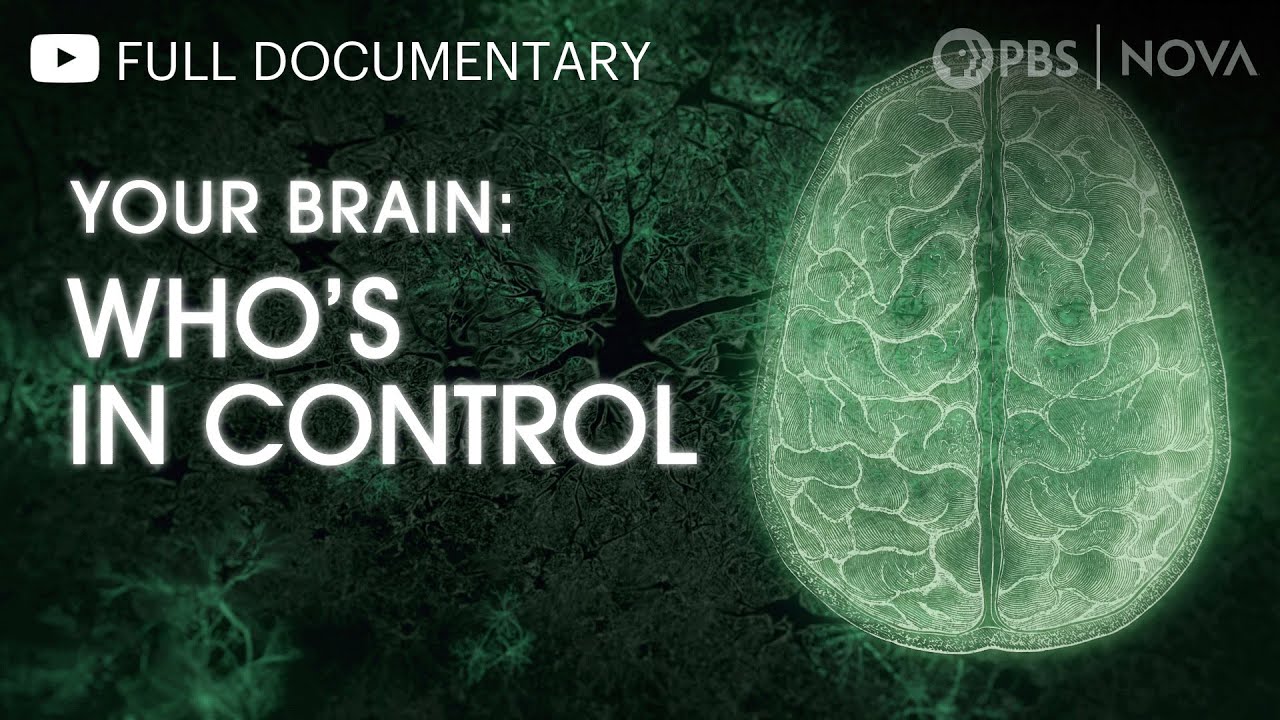The Chemical Mind: Crash Course Psychology #3
TLDRThis video explains how the nervous and endocrine systems work together to influence our thoughts, feelings, and actions. It describes the basic anatomy of a neuron and how neurotransmitters allow them to communicate. It covers major neurotransmitters like dopamine, serotonin, and adrenaline as well as key glands like the pituitary and adrenals. Overall, it conveys the idea that our psychological states arise from biological processes in the brain and body. Understanding this mind-body connection provides insight into why we think, feel, and behave the way we do.
Takeaways
- 😀 Neurons are the building blocks of our nervous system that transmit signals to allow us to move, feel, learn, etc.
- 😊 Three main parts of a neuron: soma (cell body), dendrites (receive messages), axon (transmits messages)
- 🧠 Neurotransmitters carry messages across the tiny gaps between neurons called synaptic clefts
- 😮 Excitatory neurotransmitters increase neuron firing, inhibitory ones decrease it
- 💪 Dopamine involved in movement, learning and pleasure; low serotonin linked to depression
- 😀 Endocrine system uses slower chemical signals called hormones that linger in the body
- 💉 Master gland pituitary tells other glands like adrenals when to secrete hormones
- 😲 Adrenaline prepares body for fight-or-flight; insulin regulates blood sugar
- 🔁 Nervous and endocrine systems influence each other in feedback loop
- 🧠 Still lots more complexity in brain and nervous system to explore
Q & A
What are the three main parts of a neuron?
-The three main parts of a neuron are: the soma or cell body, the dendrites, and the axon.
What role do dendrites play in neuron communication?
-The dendrites receive messages and signals from other neurons. They listen and whisper what they hear back to the soma or cell body.
How does the axon transmit signals to other neurons?
-The axon transmits electrical impulses from the neuron's cell body to other neurons, glands, or muscles. It acts like an insulated wire to speed up signal transmission.
What happens at the synapse between two neurons?
-At the synapse, neurotransmitters jump across the tiny gap between the axon of one neuron and the dendrites of another. The neurotransmitters excite or inhibit the receiving neuron before being reabsorbed.
What are excitatory and inhibitory neurotransmitters?
-Excitatory neurotransmitters increase the chance that a receiving neuron will fire off an action potential. Inhibitory neurotransmitters decrease that chance, calming the neuron down.
How do hormones like adrenaline affect the body and mind?
-Stress hormones like adrenaline prepare the body for fight-or-flight by increasing heart rate, blood pressure, and blood sugar. This gives an energizing rush to think and act quickly.
What does the pituitary gland do?
-The pituitary gland releases hormones that regulate growth, promote bonding, and direct other glands. Though small, it has an outsized influence over the endocrine system.
What causes the scared feelings from sudden noises or frights?
-Sensory signals go straight to the hypothalamus, which directs the pituitary and then adrenal glands to release adrenaline. The hormone rush and nerve signals create the scared feelings.
How do the nervous and endocrine systems work together?
-It's a feedback loop - the brain directs glands to release hormones, which then influence the brain, which directs the glands again. The systems constantly regulate each other.
What will be covered in the next video lesson?
-The next lesson will delve deeper into the nervous system components like the hypothalamus. It will also cover concepts like the 'old brain' and what percentage of the brain we actually use.
Outlines
😱 Neurotransmitters and Nervous System Basics
This paragraph provides an introduction to neurons and how they function to transmit signals in the nervous system. It covers key components like the soma, dendrites, axon and myelin sheath, as well as how neurons communicate across synapses using neurotransmitters. Both excitatory and inhibitory neurotransmitters are explained.
🧠 How Hormones Influence the Brain and Body
This paragraph contrasts the speed of neuronal signaling with the slower mechanism of hormonal signaling. Key endocrine glands like the adrenal, pancreas, thyroid and pituitary are covered. The interplay between the nervous and endocrine systems is emphasized, using the fight-or-flight fear response as an illustration.
Mindmap
Keywords
💡neuron
💡neurotransmitter
💡hormone
💡pituitary gland
💡hypothalamus
💡dendrite
💡axon
💡acetylcholine
💡adrenal gland
💡feedback loop
Highlights
Researchers developed a new deep learning model for audio source separation.
The model uses a convolutional neural network and long short-term memory architecture.
Experiments showed the model outperformed previous methods in separating vocals from complex mixtures.
The model could enable new applications in music information retrieval and remixing.
Scientists created a biodegradable and flexible electronic sensor.
The sensor can monitor heart rate, skin temperature and other vital signs.
The sensor sticks to the skin like a temporary tattoo and degrades over time.
This could enable continuous patient monitoring without cumbersome wires and adhesion.
Researchers developed a new tool to predict political instability and violence.
The tool uses machine learning to analyze news articles and social media posts.
It had over 80% accuracy in forecasting unrest up to 3 months in advance.
This could help guide preventative interventions before conflict emerges.
Scientists created an ingestible sensor to monitor gastrointestinal health.
The sensor tracks pH, pressure and temperature as it passes through the gut.
The data provides new insights into digestion and could aid diagnosis.
Transcripts
5.0 / 5 (0 votes)
Thanks for rating:





